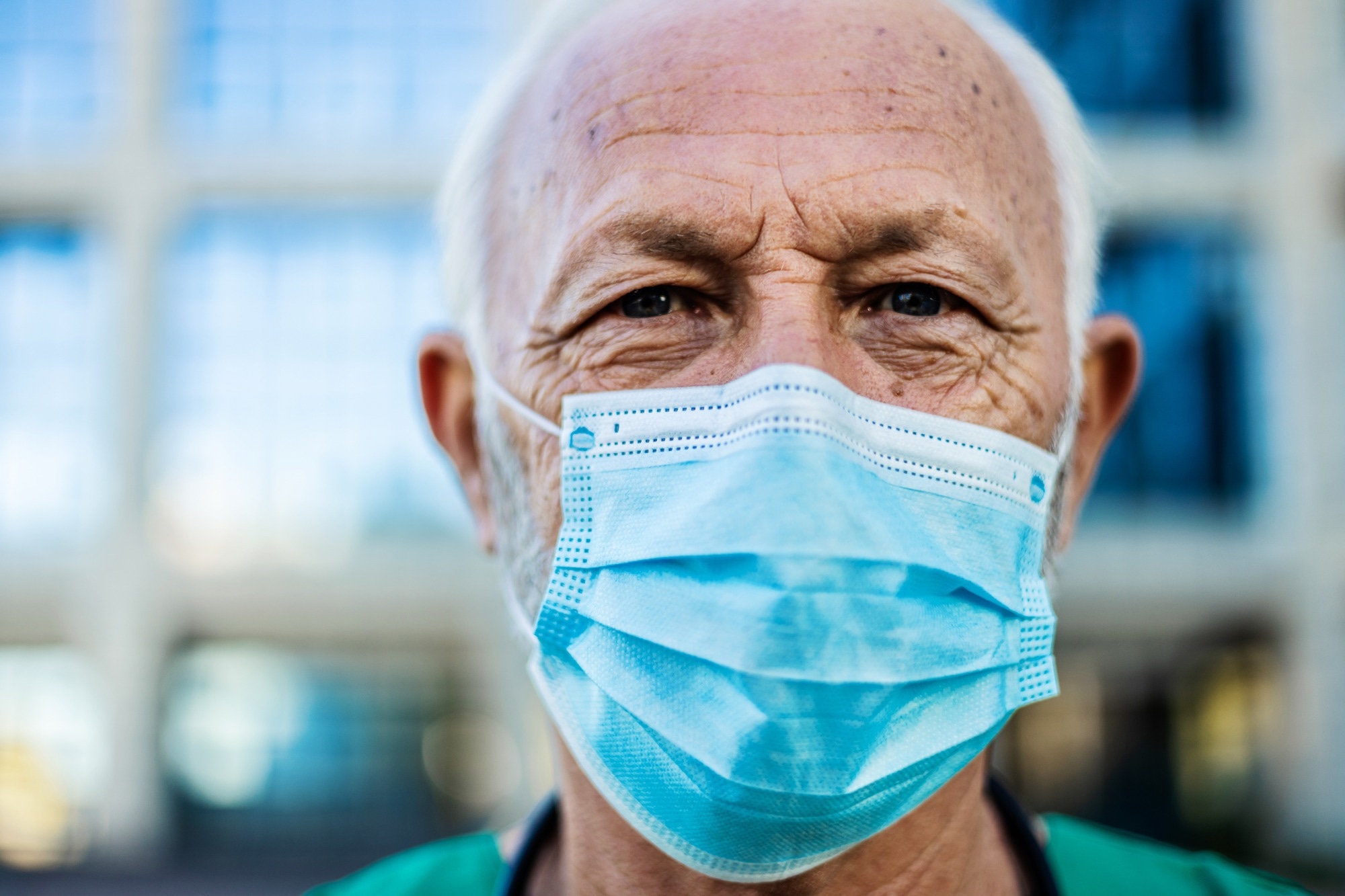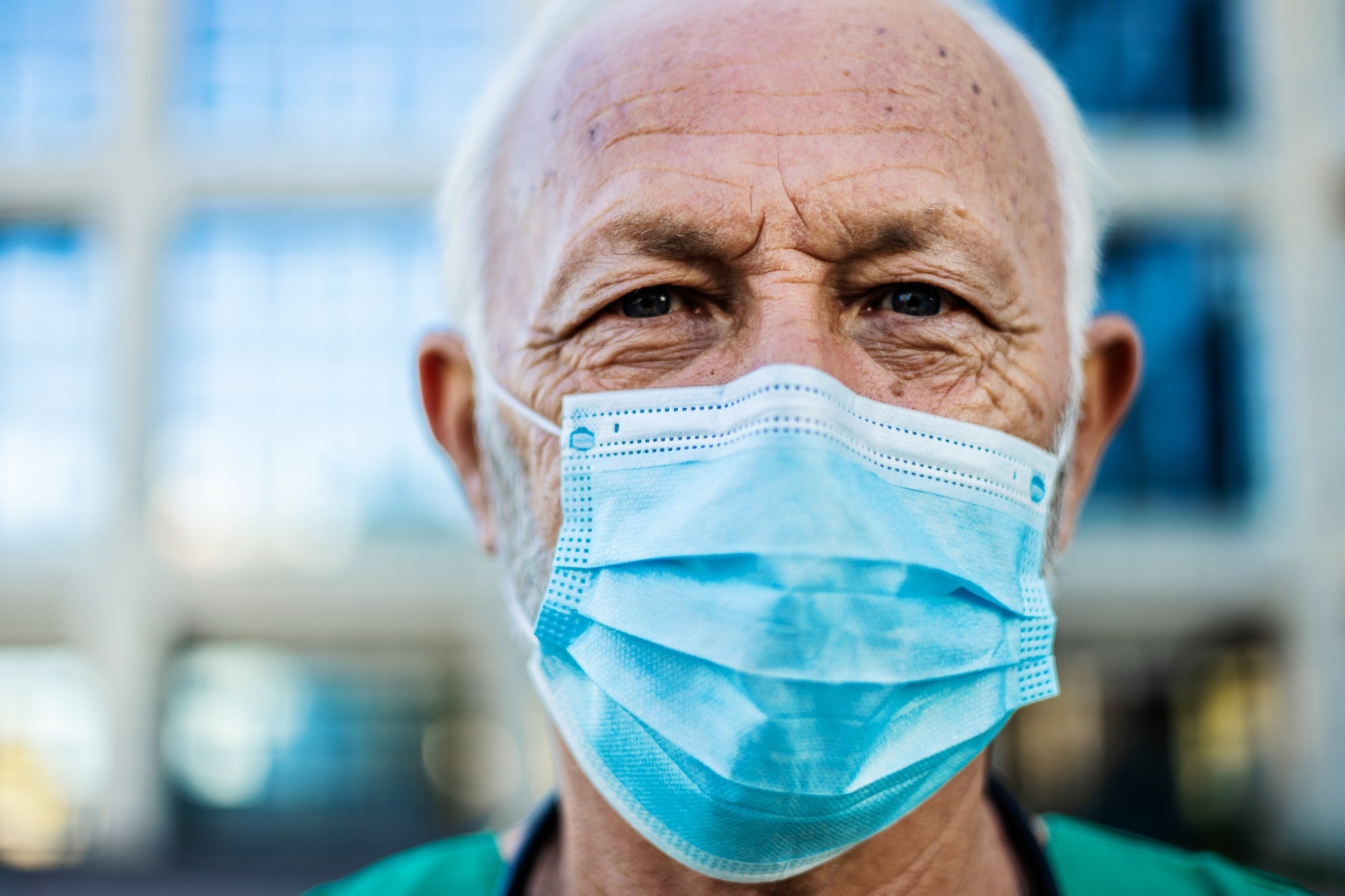A recent study published in PNAS explores the effects of social isolation in adults 50 years of age and older.
 Study: Changes in well-being among socially isolated older people during the COVID-19 pandemic: An outcome-wide analysis. Image Credit: Jelena Stanojkovic / Shutterstock.com
Study: Changes in well-being among socially isolated older people during the COVID-19 pandemic: An outcome-wide analysis. Image Credit: Jelena Stanojkovic / Shutterstock.com
Social isolation and health
Due to the increased risk of severe disease and mortality among older people during the coronavirus disease 2019 (COVID-19) pandemic, these individuals were more frequently advised to isolate themselves from social contact. These restrictions on social interactions may have exacerbated feelings of loneliness and isolation among these populations who were previously struggling with social relationships.
Conversely, it is possible that their pre-pandemic status of isolation might have protected them from feeling any acute change in their lifestyle or wellbeing. This could have enabled them to cope better with the suddenly altered conditions of social contact, as many may have already been living with remote delivery of goods and services.
About the study
The researchers examined outcomes from over 4,600 participants in the English Longitudinal Study of Ageing (ELSA) who had an average age of 67 years. All study participants belonged to private households.
Social isolation was determined based on the presence of partners, being in contact with friends or with family, and participating in organizational work. Study observations were obtained between 2018-2019 and again in June/July 2020, with final observations recorded in November/December 2020.
Study outcomes included wellbeing, health, health behaviors, financial status, and internet use. These outcomes were compared between cohorts of elderly individuals who had already been isolated when the pandemic began and those who went into isolation following the onset of the outbreak.
What did the study find?
About 29% of the study participants were already isolated before the start of the COVID-19 pandemic. In this group, the impact of pandemic-related restrictions on social interactions on life satisfaction was smaller.
Before the pandemic began, already isolated individuals reported lower life satisfaction and quality of life, were more likely to smoke, less likely to exercise, report poor sleep habits, experience loneliness, and worry about future financial viability. Daily internet usage among these individuals was more likely to be lower than the other cohort that was not isolated before the pandemic.
After the pandemic began, both groups experienced a decline in quality of life. However, the newly isolated cohort reported a reduction from baseline levels that was twice as large as that observed in the other group. The steepest decline was from the pre-pandemic time point to the first pandemic time point.
The already isolated group did not suffer as much from increased loneliness as those who were newly isolated. Nevertheless, the increase was most significant from baseline to the first pandemic time point in newly isolated individuals.
The already isolated cohort exhibited significant reductions in physical activity throughout the study period as compared to the newly isolated cohort. Both groups reported expected financial stress in the future.
Reduced fears of not being able to cope with financial needs in the future may have been attributed to the significantly reduced cost of living during the pandemic, as many expenses related to shopping and social outings were eliminated.
The already isolated cohort was more worried about their future financial stability by the end of the observation period, despite both having similar levels of concern at baseline. Individuals who were already isolated did not increase their usage of the internet as compared to those who were isolated by pandemic-related restrictions.
Neither group showed major differences in their health status or sleep quality. Both groups reported an increased likelihood of depression and anxiety.
Overall, isolated older people did not suffer as much from the public health restrictions on social interactions as the non-isolated. Nevertheless, health outcomes remained worse in the previously socially isolated than those who were newly isolated. Health behaviors, financial stress, and internet use in the elderly isolated cohort also suffered to a greater extent in previously isolated individuals.
Conclusions
The current study differs from previous research as it utilized a representative sample and multiple outcomes to assess the effect of sudden isolation on elderly adults as compared to those already isolated. Taken together, the study findings demonstrate a greater adverse impact of social isolation in older adults suddenly forced into such a situation as compared to those who were already living in relative isolation.
Already-isolated adults, despite showing relatively worse outcomes before the pandemic, were somewhat protected, potentially due to fewer changes in their circumstances…those who were already previously isolated remain worse off than their socially engaged counterparts.”
These observations indicate that older adults forced to isolate must be monitored and cared for on a regular basis. Simultaneously, some may experience extreme impacts, for which social and public health interventions and support must be planned. These may include training these individuals in the use of digital resources, community-based outreach attempts, and financial subsidies to improve their financial wellbeing.









